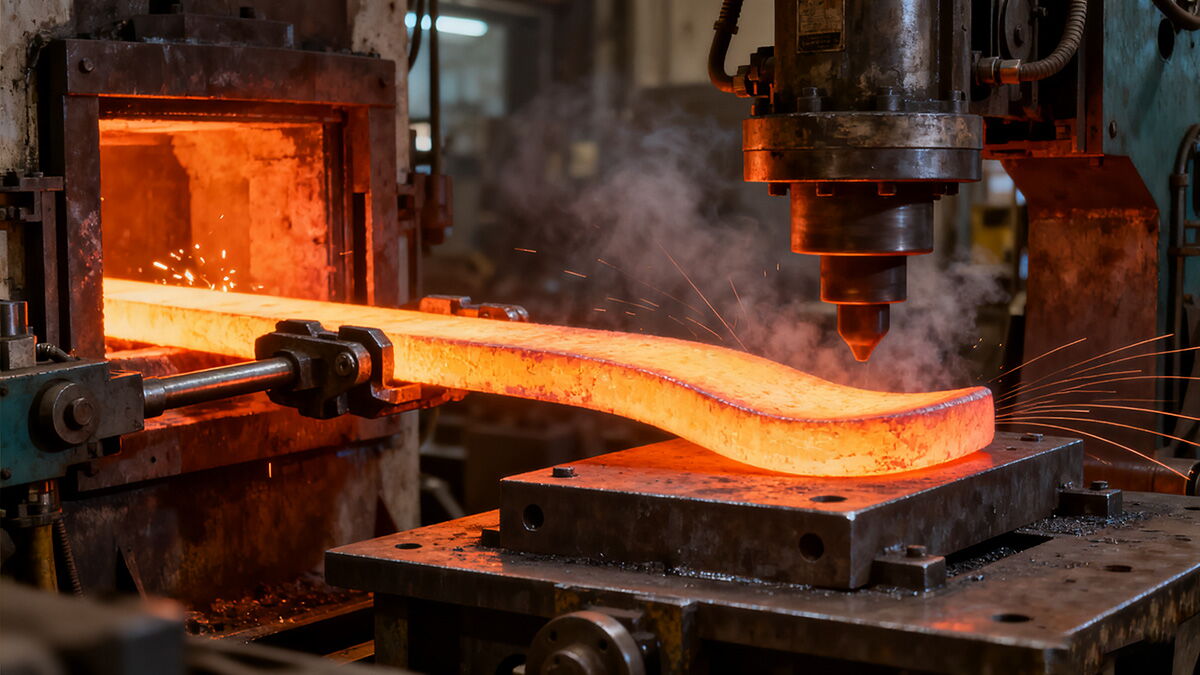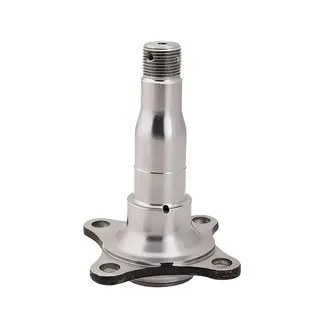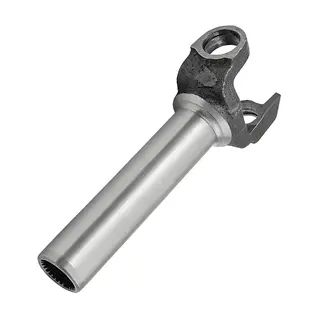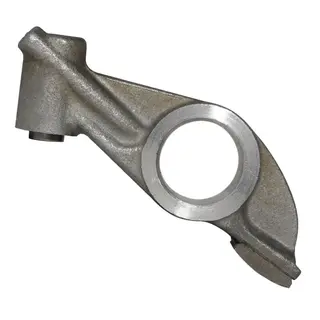Hot forging is one of the most established and versatile methods of shaping metals, carried out at temperatures above the metal's recrystallization point, often between 0.6–0.9 of its melting temperature. At these elevated temperatures, metals exhibit drastically reduced yield strength, higher ductility, and increased malleability, making it possible to deform them extensively without fracturing.

In hot forging, the workpiece is heated in a furnace (gas, induction, or electric) to the forging temperature, then transferred to a forging press or hammer. The forging may be performed in different configurations:
Open-die forging (free forging): The workpiece is compressed between flat or simple dies. Suitable for large parts such as shafts, rolls, and rings.
Closed-die forging (impression-die): The heated workpiece is deformed within dies that contain a cavity of the desired shape. Ideal for mass-producing precision components.
Press forging: Uses slow, controlled pressure to deform the metal, allowing deeper penetration and refined grain structure.
Hammer forging (drop forging): Uses repeated high-energy blows to shape the part rapidly.
Isothermal forging: Both the workpiece and the dies are kept at elevated temperature, usually in a controlled atmosphere or vacuum, to forge hard-to-deform alloys like titanium or nickel-based superalloys.
One of the most important aspects of hot forging is the refinement of the grain structure. Plastic deformation at high temperatures causes grains to recrystallize, eliminating prior deformations and defects. This:
Improves fatigue resistance and toughness
Reduces porosity and voids within the material
Enhances isotropy of mechanical properties
Ability to produce large and complex geometries that are impossible with cold forging
Improved ductility and toughness due to refined grain flow
Better diffusion bonding for composite or clad materials
Efficient use of strong alloys (steel, nickel, titanium) that are otherwise difficult to deform
Suitable for safety-critical parts where mechanical reliability is paramount
Less dimensional precision (often requires machining afterward)
Higher energy consumption and equipment investment (furnaces, heating systems)
Oxidation and scaling can occur at high temperature, affecting surface finish
Shorter die life due to thermal stresses and wear
Hot forging is vital in industries where strength, integrity, and performance are more important than fine tolerances:
Aerospace: turbine disks, landing gear, structural frames, compressor blades
Automotive: crankshafts, camshafts, connecting rods, gears, axles
Energy & Oil/Gas: pressure vessel components, flanges, pipeline fittings, turbine shafts
Heavy Machinery: mining equipment, agricultural machinery parts, large hydraulic components.


